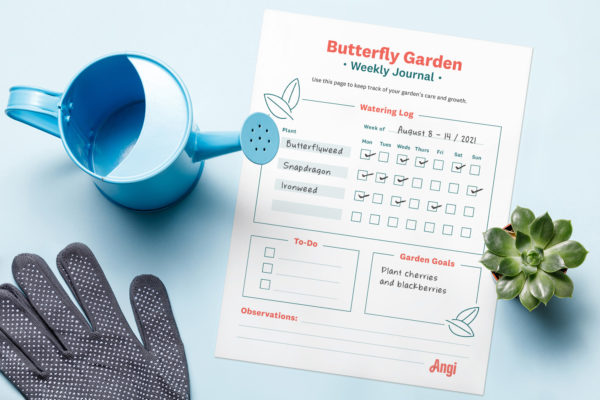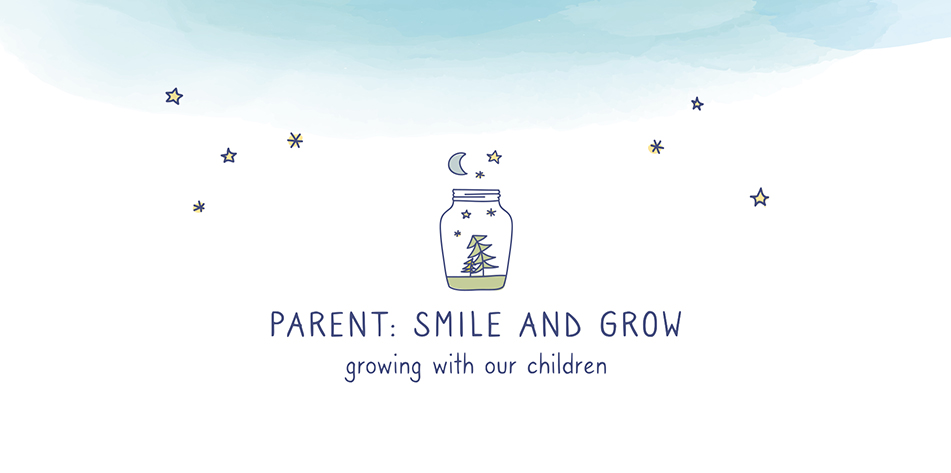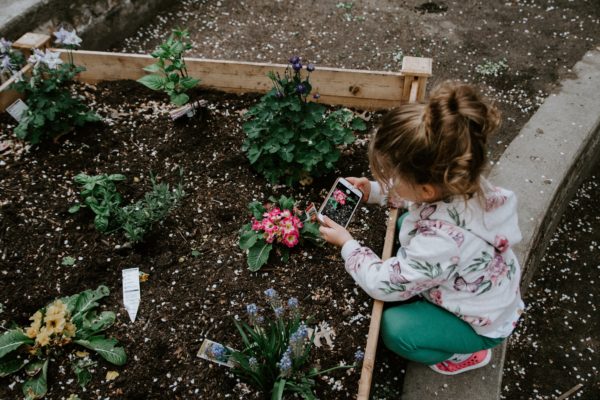Start a butterfly garden with your children.. what an idea, right? It might be already cold where you live, and you might just dream of staying cozy inside. But this is also the perfect season to plan and.. plant some varieties for next spring, and find interesting ideas to keep your children away from the screens.
Thanks to Hana, our today guest post’s writer, we can offer you today a new and fun activity for the whole family.
Hana Rehman is a Chicago-based writer who helps Angi create helpful and compelling stories worth sharing. She’s covered topics ranging from interior decorating to gardening, and enjoys sharing her love for home improvement and the great outdoors. In her spare time you’ll find her hiking, walking her dog, and listening to audiobooks.
Looking to add some color to your yard? Need a new spring or summer activity to keep you and your family busy and entertained? Then designing a butterfly garden might just be for you.
So let’s get started!
Table of Contents
7 Tips for starting a butterfly garden with your children
There are many different ways to attract butterflies and other pollinating creatures. That’s why we’ve compiled a list of tips to help you create a colorful garden that your whole family will love.
1. Pick Your Location
Start by picking a sunny location in your yard for the butterfly garden. Butterflies, being cold-blooded creatures, frequently look for sunbathing spots, so make sure your garden is getting around six hours of sunlight every day.
2. Decide the Layout
After you’ve decided on a location you should create a list of the plants and other materials you’ll be including in your butterfly garden. If you want, you can even sketch out a layout of your garden before you start, including all the elements that you want to include.
Once you have all of your materials and your plan, create a garden bed or section off an area of your yard and fill it with mulch to begin.
3. Place Butterfly Food (Optional)
Adult butterflies mostly consume nectar, but they also eat tree sap, various types of fruit, and pollen.
This is an optional step, but a fruit-feeding station can attract more butterflies and keep them in your garden. Lay out a dish of fruits such as sliced bananas, oranges or strawberries in your garden, and wait for the butterflies to come!
4. Create Butterfly Shelters
Your garden must provide a safe haven for butterflies. Without a shelter in your garden butterflies will have no reason to stay there for any longer period of time.
Bushes, logs and trees will offer butterflies great protection from wind, rain and potential predators.
5. Don’t Forget Moisture
Small puddles of mud provide healthy minerals that butterflies love to drink. Including a water source such as a bird bath or saucer filled with water and sand will keep butterflies satisfied in your garden.
It’s important to include stones or small pebbles around the edges of your water source so that butterflies have a place to perch.
6. Stay Away From Pesticides
Chemical fertilizers and pesticides are toxic to butterflies and other pollinators. Avoid using pesticides in your butterfly garden to protect any butterflies you attract.
Instead, incorporate pest-resistant plants to keep intruders at bay.
7. Use Caterpillar-Friendly Plants
You must add both nectar and host plants if you want to sustain several generations of butterflies and improve your chances of witnessing one emerge from a pupa.
We’ll go through some of the top host plants in more detail below.
Five of the Best Plants for Your Butterfly Garden
Choosing flowers that are native to your region is an excellent way to attract local butterflies to your garden. Keep in mind that butterflies are drawn to brightly colored, nectar-rich blooms.
To improve the likelihood of witnessing larvae develop and come out of chrysalises, you’ll have to include a variety of nectar sources to attract adult butterflies as well as host plants to feed the larvae.
When picking your butterfly garden plants, don’t forget to use perennials for the entire year and annuals for variety with the seasons.
Also keep in mind which gardening zone you’re located in. This is important to ensure that the plants that you select can survive in your yard. Different plants are in bloom at different times, be mindful of this to make your garden the most beautiful it can be.
This list of five plants for your butterfly garden is far from exhaustive, but they’re a great place to start if you don’t know where to start. For more plant species for your butterfly garden, look no further than this article.
Milkweed
Monarch butterflies are on the verge of extinction, and their larvae solely rely on milkweed for nourishment. Being a host plant and a great nectar supply for monarchs, you can assist the monarch butterfly species by growing milkweed in your garden.
Milkweeds get their name from the sticky white sap that comes from the leaves when they’re damaged.
Type: Perennial
Gardening Zones: 5–9
In bloom: Summer
Butterfly Bush
Butterfly bush is an excellent plant for attracting a wide variety of butterflies, such as monarchs and tiger swallowtails. It’s important to know that it is an invasive species in certain areas. Make sure that whatever you’re planting is safe for that specific environment.
Type: Perennial
Gardening Zones: 5–9
In bloom: Summer to early fall
Aster
This flower is a fantastic supply of nectar for monarchs, painted ladies and a wide variety of other butterflies. Not only do butterflies love this plant for its nectar, caterpillars also enjoy the plant for its foliage. Aster plants can be purple, blue, white or pink with vivid blooms.
Type: Perennial
Gardening Zones: 3–8
In bloom: Summer to fall
Bee Balm
Bee balm, a plant that’s prized for its bright and vibrant flowers, grows well in most climates and draws not just butterflies but also other pollinating creatures such as honey bees and hummingbirds. Bee balm is also a member of the mint family, being considered an herb. It has many additional culinary and medical uses.
Type: Perennial
Gardening Zones: 3–9
In bloom: Summer
Black-Eyed Susan
This well-known wildflower is distinguished by a huge black cone surrounded by yellow or red flowers. The “black eye” is named for the dark center of its flower head. When allowed to grow wild, black-eyed susans may cover huge areas, captivating any passersby with their bright beauty.
Butterflies, bees and a number of other pollinators are attracted to black-eyed susans for their nectar.
Type: Perennial
Gardening Zones: 3–9
In bloom: Summer
Some practical aspects to consider before you start your garden with your children
Once you have chosen the ideal plants for your butterfly garden, you may buy them as seedlings, or when they have already bloomed.
Some butterflies will only lay their eggs on particular types of plants. Make sure you include the relevant larval host plants to make your garden a habitat.
For more information, check out this infographic from Angi – you can download it here!
Activities for Your Butterfly Garden
There are a number of outdoor activities that you may perform with your family to enjoy your new butterfly garden. Here are some of those activities.
Spotting and Learning About Butterflies
This coloring sheet is ideal for youngsters who enjoy the outdoors. The activity will help them improve their observational abilities while they color in the butterflies and caterpillars they spot in your garden.

Starting a Garden Journal
Use these garden journal pages below to keep track of your garden care and goals all in one location. Print a new sheet each week to track your watering routine for each plant, check off your gardening to-do list, and jot down your garden objectives and observations.
This journal is a perfect addition to your personal journal or a fun project you and your family can do together every week.

With these tips, species of butterflies and plants, and activities, you’re ready to brighten up your yard and life with your own butterfly garden!


